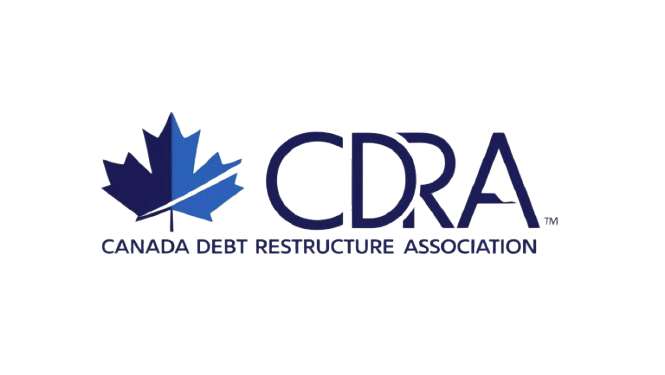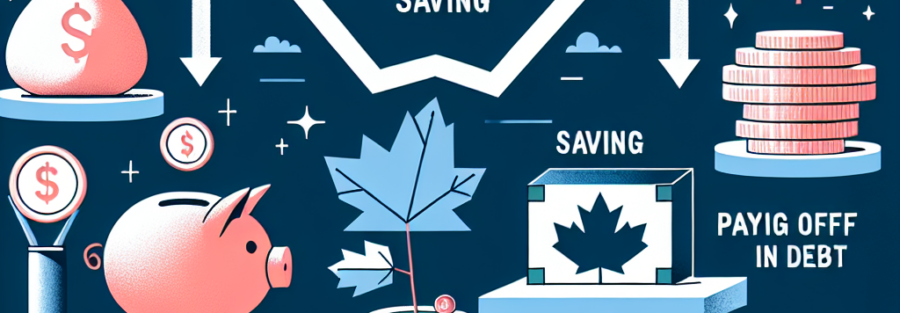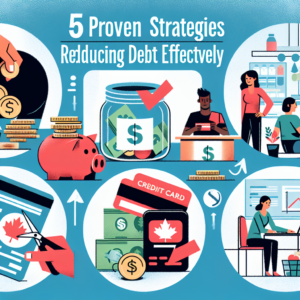In Canada, managing personal finances can be a challenging yet rewarding endeavor. Many Canadians find themselves navigating the dual objectives of paying off debt while simultaneously trying to save for emergencies, retirement, or large purchases. In a landscape of fluctuating interest rates and economic uncertainty, it is crucial to develop effective strategies to balance these competing financial priorities. This article will outline practical methods for maximizing savings while managing debt repayment, followed by essential tips to enhance overall financial health.
Strategies for Balancing Debt Repayment and Savings Goals
One effective strategy to balance debt repayment with savings is the debt snowball method. This approach involves listing debts from smallest to largest and focusing on paying off the smallest debt first while making minimum payments on larger debts. Once the smallest debt is settled, the freed-up funds can be redirected to the next smallest debt. This method not only accelerates debt repayment but also provides motivational boosts and psychological satisfaction as each debt is eliminated. Allocating a portion of monthly income to a dedicated savings account simultaneously can help individuals prepare for unexpected expenses.
Another beneficial approach is the 50/30/20 budgeting rule, which allocates 50% of income to necessities, 30% to discretionary spending, and 20% to savings and debt repayment. By adhering to this framework, Canadians can ensure they are setting aside funds for savings while also aggressively tackling their debts. This balanced allocation can help individuals prioritize essential expenditures while still making significant payments toward outstanding debts. It is important to regularly review and adjust this budget to account for changes in financial circumstances.
Lastly, Canadians can consider consolidating high-interest debts into lower-interest options, such as personal loans or balance transfer credit cards. This consolidation can reduce the overall interest burden and enable individuals to redirect the savings toward their savings goals. Additionally, this can simplify financial management, as individuals will have fewer payments to track. It is vital, however, to read the fine print and ensure that the fees associated with consolidation do not negate potential savings.
Essential Tips for Canadians to Optimize Financial Health
To optimize financial health, Canadians should prioritize building an emergency fund that covers three to six months’ worth of living expenses. An emergency fund acts as a financial safety net, preventing individuals from accumulating more debt in the face of unexpected expenses such as medical emergencies or job loss. By establishing this fund while simultaneously paying off debts, Canadians can achieve a sense of security that allows them to focus on both savings and debt repayment without excessive stress.
Another key tip is to regularly assess and manage monthly expenses by eliminating unnecessary subscriptions and discretionary spending. Creating a detailed spending plan can help identify areas where money can be saved, allowing for more efficient allocation towards debt repayment and savings. Furthermore, by adopting frugal habits, such as shopping smarter and embracing second-hand purchases, individuals can significantly cut costs and put more money toward financial goals.
Finally, Canadians should educate themselves about personal finance and credit management. Understanding concepts such as credit scores, interest rates, and investment options can empower individuals to make informed decisions that positively impact their financial journey. Seeking advice from financial advisors or utilizing online resources can provide valuable insights into optimizing savings strategies and debt repayment plans. Staying informed and proactive about financial matters can lead to enhanced financial well-being.
In conclusion, maximizing savings while paying off debt is a manageable objective for Canadians willing to adopt effective strategies. By employing methods such as the debt snowball approach, adhering to a balanced budget, and consolidating high-interest debts, individuals can create a pathway to financial success. Additionally, building an emergency fund, managing monthly expenses, and staying informed about personal finance will further enhance financial health. With discipline and dedication, Canadians can achieve their savings goals while maintaining control over their debt, paving the way for a more secure and prosperous financial future.



